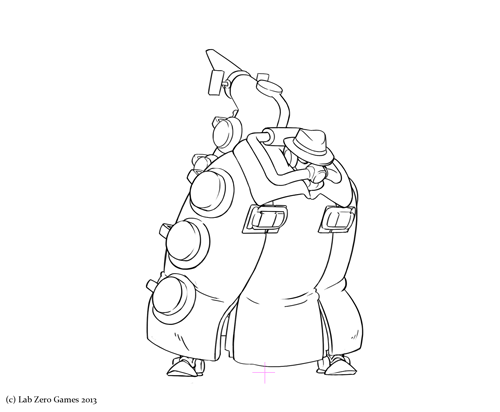literally the most dangerous of noodles
Jul 1, 2017 1:37:34 GMT
Post by Judas on Jul 1, 2017 1:37:34 GMT
hello its me and im here for some more FACTS about animals and this time its a big thing
/about/Titanoboa-59036b295f9b5810dcfec1da.jpg)
the prehistoric snake, titanoboa.
the snake was discovered at a coal mining site called Cerrejon. titanoboa was not the original fossil discovered at the site, instead there was a multitude of bones from giant turtles and crocodiles. however, when sets of crocodile vertebrae were being looked over by a student at a university, he noticed that one of the large vertebrae wasn't even close to a crocodile... but a snake.
later on, a group of scientists learned from that vertebrae that this mystery snake was part of the boid (BO-ID) family, with boas and constrictors. after having studied snake vertebrae from today, scientists began to conclude that this snake was enormous. one of the largest recorded snakes was 28 ft. but this new snake would smash in and be an approximate length of 48 ft. the same research team began searching the globe for the largest snake group to study in order to understand and picture this new snake. the largest snake to date is the green anaconda, living in south america (the documentary specifically detailed certain marshes in venezuela.). the team wished to visit the snakes and learn how these giants lived (to understand titanoboa), and they did learn interesting things.
the large snakes don't live on land as often as they live in the water due to their massive size and battle with gravity. with this, scientists speculated that this new snake was much the same, being enemies with land due to being crushed by gravity. it would live in water for a majority of its life.
according to the research, titanoboa was only absurdly large in female form, while males were smaller (much like the anaconda). the female titanoboa could easily exert 400 pounds of pressure per square inch onto her prey, which primarily consisted of blunt-nosed crocodiles who were 15 feet long, though the snake would also eat 10 foot lungfish in the same area.
another inhabitant of the ancient jungle of Cerrejon was the turtle with a five foot shell span. due to the large amount of bone in and on the turtle, it was unlikely that titanoboa would eat it. but, the scientists found yet another monster by looking at the fossil of the turtle shell. large, blunt marks on the shell revealed that the turtle was attacked by a crocodile. but not the small 15 foot one, an even larger titan that could've also preyed upon titanoboa. a near 20 foot crocodile.
i watched a documentary, facts may vary, i just wanted to share some animal JUNK
/about/Titanoboa-59036b295f9b5810dcfec1da.jpg)
the prehistoric snake, titanoboa.
the snake was discovered at a coal mining site called Cerrejon. titanoboa was not the original fossil discovered at the site, instead there was a multitude of bones from giant turtles and crocodiles. however, when sets of crocodile vertebrae were being looked over by a student at a university, he noticed that one of the large vertebrae wasn't even close to a crocodile... but a snake.
later on, a group of scientists learned from that vertebrae that this mystery snake was part of the boid (BO-ID) family, with boas and constrictors. after having studied snake vertebrae from today, scientists began to conclude that this snake was enormous. one of the largest recorded snakes was 28 ft. but this new snake would smash in and be an approximate length of 48 ft. the same research team began searching the globe for the largest snake group to study in order to understand and picture this new snake. the largest snake to date is the green anaconda, living in south america (the documentary specifically detailed certain marshes in venezuela.). the team wished to visit the snakes and learn how these giants lived (to understand titanoboa), and they did learn interesting things.
the large snakes don't live on land as often as they live in the water due to their massive size and battle with gravity. with this, scientists speculated that this new snake was much the same, being enemies with land due to being crushed by gravity. it would live in water for a majority of its life.
according to the research, titanoboa was only absurdly large in female form, while males were smaller (much like the anaconda). the female titanoboa could easily exert 400 pounds of pressure per square inch onto her prey, which primarily consisted of blunt-nosed crocodiles who were 15 feet long, though the snake would also eat 10 foot lungfish in the same area.
another inhabitant of the ancient jungle of Cerrejon was the turtle with a five foot shell span. due to the large amount of bone in and on the turtle, it was unlikely that titanoboa would eat it. but, the scientists found yet another monster by looking at the fossil of the turtle shell. large, blunt marks on the shell revealed that the turtle was attacked by a crocodile. but not the small 15 foot one, an even larger titan that could've also preyed upon titanoboa. a near 20 foot crocodile.
i watched a documentary, facts may vary, i just wanted to share some animal JUNK

























